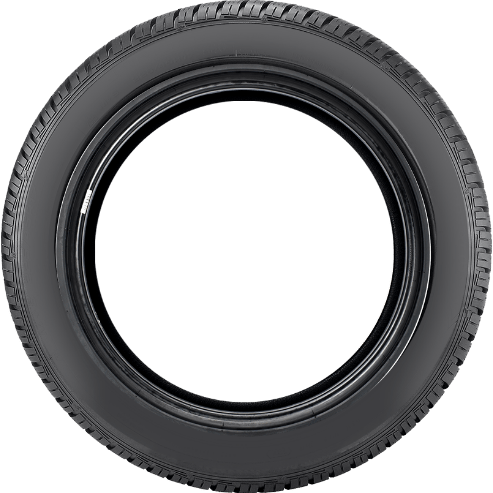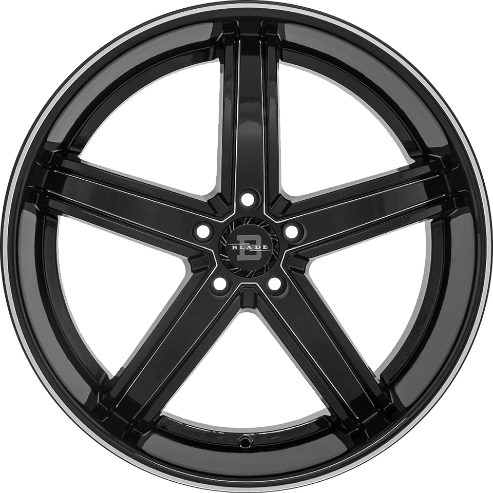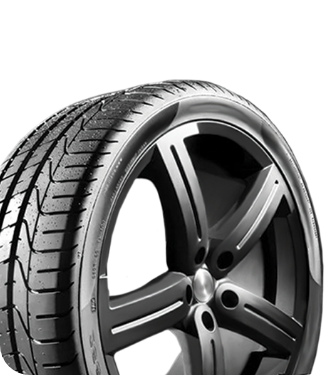

What To Do if Your Tire Loses Air Overnight
Tires |It’s not unusual to walk out to your car in the morning and find that one of your tires has partially or completely deflated. While it may seem minor, ignoring the issue can lead to bigger problems, such as unsafe driving conditions or long-term damage to your vehicle.
If you’re unsure where to begin, don’t worry. This guide explores what to do if your tire loses air overnight, why this issue happens, how to address it, and preventative measures to keep your tires in great shape.
Why Do Tires Lose Air Overnight?
Several factors can cause your tire to go flat over several hours, such as a puncture, a slow leak, or even temperature changes. Identifying the source of the problem is essential for understanding what caused the flax and determining the next steps to take for a proper fix.
1. Punctures or Damage
Did you ride over glass, nails, or foreign objects? Sharp objects can puncture the tire, creating a slow leak. Even small punctures left unchecked can lead to significant air loss over time.
2. Temperature Changes
Temperature fluctuations can drop tire pressure, especially in colder months. This is because air contracts when it cools, reducing the tire’s internal pressure.
3. Bead Leaks
The bead is the edge of the tire that seals against the wheel. Bead leaks often occur over time or when dirt, debris, or corrosion builds up along the rim, preventing a tight seal.
4. Valve Stem Issues
The valve stem allows you to inflate and deflate your tires. If it becomes cracked, damaged, or worn out, it can lead to air slowly escaping. Regularly inspecting your valve stem can help prevent unexpected tire pressure issues.
5. Aging Tires
Tires naturally wear down after years of use. Cracking or thinning of the rubber can lead to weak spots that result in air loss. Regular inspections can help identify these issues before they become serious problems.

Immediate Steps To Address a Deflated Tire
If you wake up to find your tire has lost air overnight, it’s important to know how to address the issue promptly and safely. Once you notice the problem, follow these steps to handle the situation effectively and get back on the road with confidence.
1. Inspect the Tire
Take a few minutes to carefully examine the tire for visible damage, such as embedded objects, sidewall cracks, or noticeable punctures. Pay attention to the valve stem and rim edges when looking for potential leaks.
2. Use a Tire Pressure Gauge
Check the current pressure using a tire pressure gauge. Compare it with the recommended PSI for your vehicle, which can usually be found in your owner’s manual or on a label inside the driver’s door frame.
3. Reinflate the Tire
If the pressure is low but the damage isn’t evident, inflate the tire to the recommended PSI. You can use a portable tire inflator or visit a nearby gas station. Make sure to check the tire pressure again after inflating to ensure it’s at the correct level.
4. Avoid Driving Unless Necessary
Driving on a compromised tire can lead to further damage. Only drive under low speeds if you absolutely need to get to an air pump or repair shop. Regularly checking your tire pressure can help prevent this situation altogether.
Repair or Replace? Determining the Next Steps
Once you’ve temporarily addressed the situation, it’s time to decide whether your tire can be repaired or needs to be replaced. Here’s how to make the right choice.
Patch or Plug for Minor Punctures
If the damage is limited to a small puncture in the tread area, it can likely be patched or plugged. A professional mechanic can perform this service to ensure the repair is secure and safe for continued use.
Replace if Damage Is Severe
Replacement is often the best option for punctures larger than a quarter-inch, sidewall damage, or tires with significant wear and tear. Driving on a severely damaged tire can compromise your safety and vehicle performance.
If you’re unsure about the severity of the damage, take your vehicle to a trusted tire repair shop. Certified technicians can evaluate the issue and recommend the safest course of action.

Preventative Measures To Protect Your Tires
Proper tire care ensures safety, extends lifespan, and prevents air loss. Regular maintenance saves you money and improves your vehicle’s performance. Here’s how to keep your tires in top shape.
Inspect Tires Regularly
Make a habit of inspecting your tires for signs of wear, cracks, punctures, or embedded debris like nails or glass. Don’t forget to check the sidewalls for bulges or cuts, which could indicate internal damage. Addressing minor issues early can prevent unexpected blowouts and save you from costly repairs later.
Rotate Tires
Schedule regular tire rotations approximately every 5,000 to 7,500 miles or as recommended by your vehicle’s manufacturer. This ensures even wear across all tires, extends their life, and improves vehicle performance. Don’t forget to check the alignment and balance during rotations for optimal handling.
Avoid Overloading Your Vehicle
Overloading your vehicle places excessive stress on tires, heating them up and increasing the likelihood of a blowout. Always abide by your vehicle’s Gross Vehicle Weight Rating (GVWR), which includes passengers, cargo, and any additional loads. Consult your vehicle manual to ensure you’re within safe limits.
Store Spare Tires Properly
If you have a spare tire, keep it inflated and in good condition to remain ready in case of emergencies. Store it in a cool, dry area away from direct sunlight or harsh chemicals that could degrade the rubber. Protect it with a cover if stored outside the vehicle, and check its pressure periodically.
Choose the Right Tires for Your Vehicle
Select tires that are appropriate for your vehicle and driving conditions. Consider factors such as climate, terrain, and load requirements. For example, winter tires are designed for icy roads, while all-season tires perform better in moderate conditions. Using the correct tires reduces wear and improves safety.
Drive Responsibly
Aggressive driving habits like sudden braking, hard cornering, or rapid acceleration can cause premature tire wear and stress. Adopt smoother driving techniques to preserve your tires and improve fuel efficiency.
A Reliable Solution for Affordable Tire Options
If you’re dealing with a flat tire or need a cost-effective replacement, RNR Tire Express is the go-to tire shop in Lubbock. We offer name-brand tires with convenient payment options and a wide variety to choose from. Our goal is to keep your vehicle running smoothly and safely. Visit an RNR Tire Express location near you in Lubbock to find the perfect tire for your vehicle.





